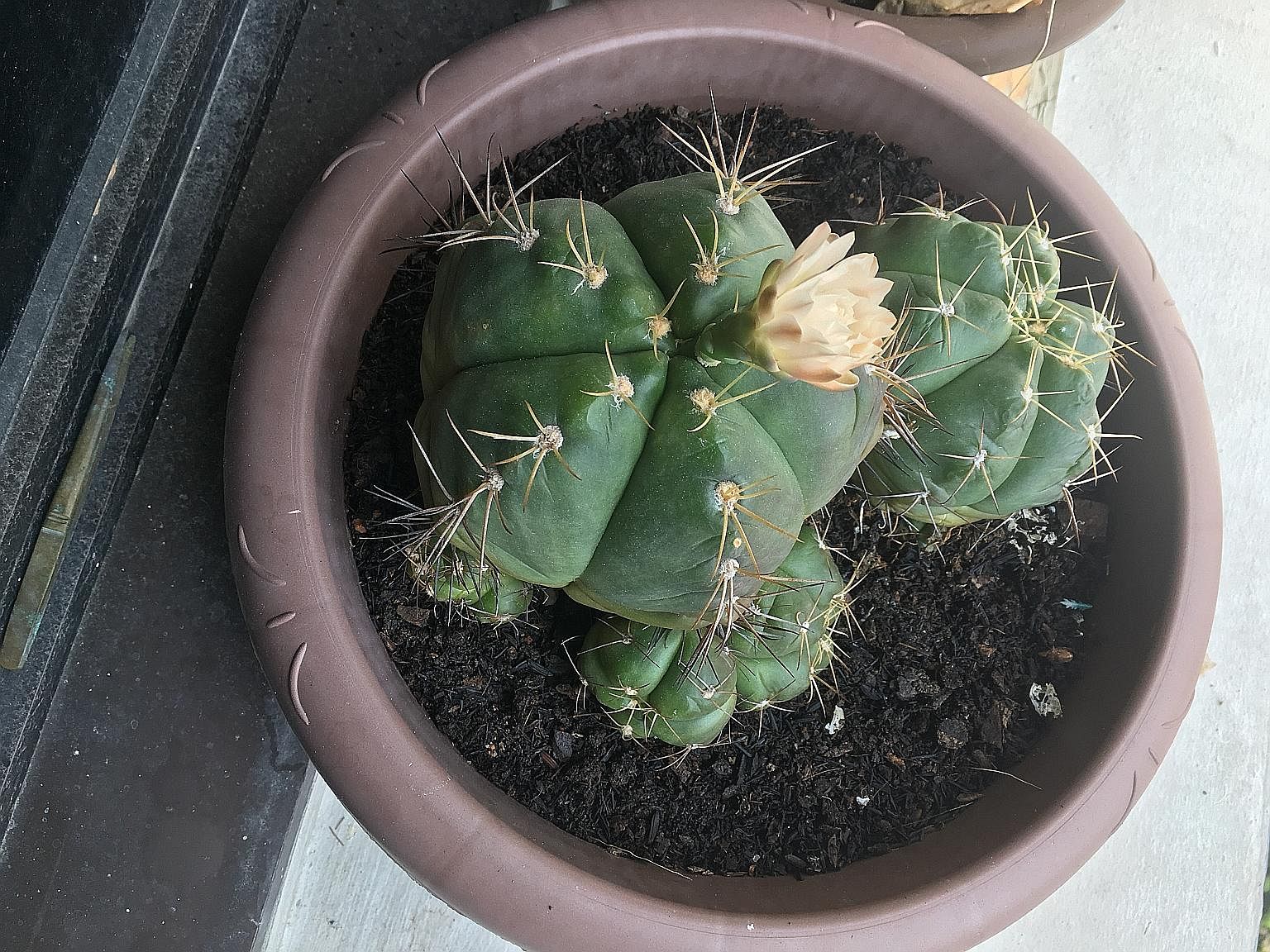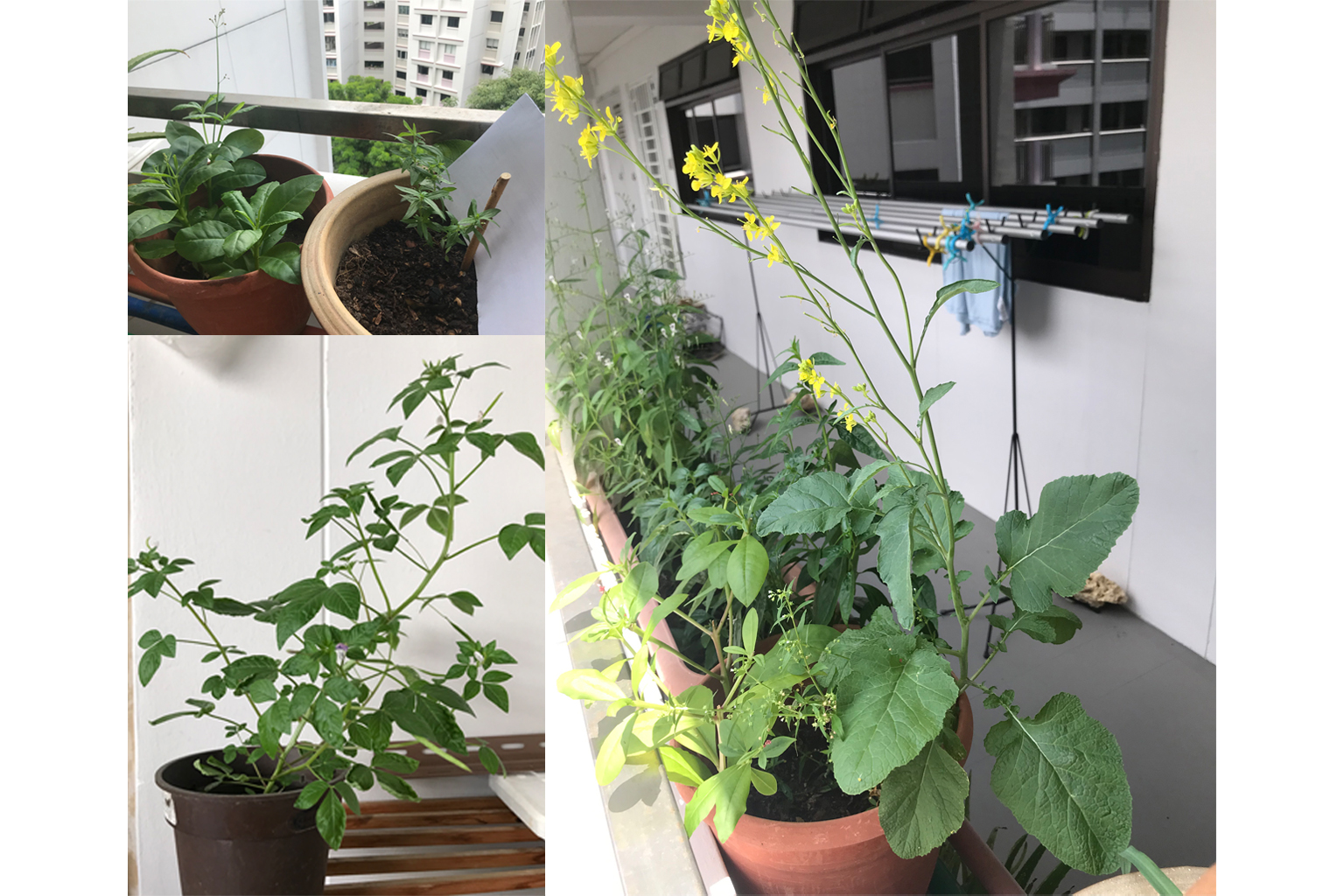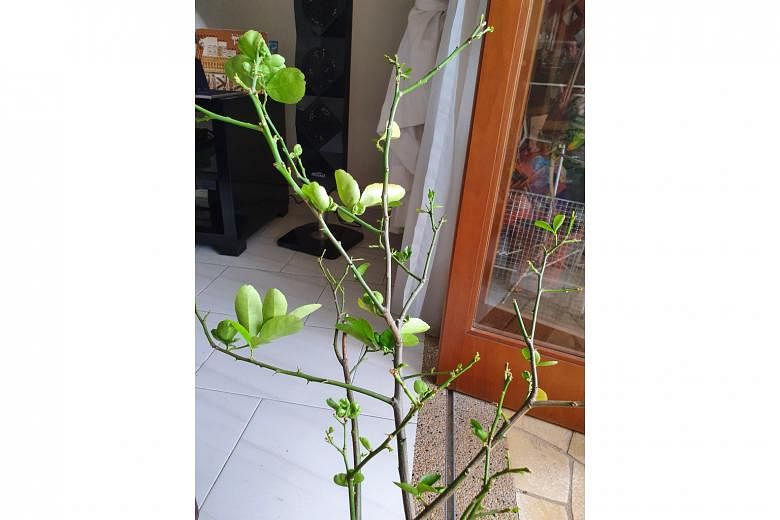Pot may be too small for lime plant
My lime plant is gradually shedding its leaves. The new leaves are small and round, not like typical lime leaves. Is this due to too much fertiliser?
Justinian Ang
An overdose of fertiliser will likely result in the burning of foliage, where the leaves turn black and fall.
Your lime plant appears to be suffering from another issue. The loss of leaves could be due to the lack of water.
Is your lime plant growing in a very small pot where its roots have filled the container?
In such a situation, water that is available for your plant will be quickly used up.
The roots will dry out and the plant will respond by shedding its leaves. If new leaves are produced, they may be small to reduce the loss of water.
If your plant is growing in an undersized pot, you may want to move it to a larger pot with fresh soil that contains organic matter that will help to retain moisture.
Depending on the growing conditions, ensure the plant is watered adequately to keep the roots moist at all times.
Offsets of cactus can be potted separately

I bought this cactus, which came in a very small pot, years ago. I have repotted it a few times and it has grown many offshoots. Now, it blooms for the first time. What is its name and how do I propagate the offshoots?
Leong Tuck Sum
The cactus is botanically known as Gymnocalycium horstii.
Its common name is Sider Cactus.
To propagate it, you can carefully separate the baby plants, also known as offsets, that appear on the side of the mother plant.
You should take offsets with some roots and pot them separately.
Use artificial light to grow plants when sunlight is lacking
Are there plants I can grow that do not need direct sun? I live on the 12th storey and my place is very windy.
Ella Hasan
It can be difficult to give advice without a photograph to show the prevailing light conditions.
Do note that plants require sunlight to photosynthesise and grow. Some of the more shade-tolerant indoor plants can survive, but they may or may not grow under very low-light conditions. Under such conditions, such plants will still decline eventually.
This can be observed in many indoor plants where they hardly have new growth and they stretch and lose leaves over time. Hence, it is a misnomer to think what are commonly called indoor plants do not require light to grow.
Many common low-light plants come from the shady forest understorey, which can also be humid and moist. Such plants will likely not thrive in a windy location high up in an apartment building.
With these considerations, you may want to increase your chances of having healthy plants by investing in and installing LED grow lights, which will provide the much needed light to grow plants indoors.
At home, plants can be protected against the drying winds that commonly occur at the balcony or by the window.
If humidity in the home is an issue, you may want to consider constructing a terrarium, which can maintain some degree of humidity for plants and double as a decoration for the living space.
Potted plants are common cultivated garden plant species or weeds

What are these plants? In Photo 1 (above, upper left), the plant on the left has little pink flowers, which develop into little brown balls. The one on the right with tiny leaves has small white flowers, which also develop into little brown balls. In Photo 2 (above, right), the plant has leaves similar to chye sim with yellow flowers, which develop into small pods with lots of seeds. In Photo 3 (above, lower left), the plant has white and purple flowers, which develop into tiny pods with lots of seeds. Are these plants edible or have any medicinal value?
Delphine Low
In Photo 1 (above, upper left), the plant on the left is botanically known as Talinum paniculatum. Its common name is Jewels of Opar and its leaves are edible after they have been cooked thoroughly.
It is not possible to identify the plant on the right in Photo 1 as the picture is not clear enough.
In Photo 2 (above, right), the plant with yellow flowers is likely the Chinese flowering cabbage, also known as chye sim.
Did you sow the seeds of the plant before, but forgot to label it? If it is the Chinese flowering cabbage, its leaves at this stage may be too old to taste good. The texture may be tough too.
In Photo 3 (above, lower left), the plant is botanically known as Cleome rutidosperma. Its common name is fringed spider flower and it frequently occurs as a weed in flower pots and garden beds. The leaves of this plant are reported to be eaten as a cooked vegetable or added to soup, but they taste bitter.
You can use the botanical names of the plants to find out about their medicinal properties. However, it is not recommended you self-medicate with medicinal plants without professional advice and supervision.
• Answers by Dr Wilson Wong, an NParks-certified practising horticulturist, parks manager and ISA-certified arborist. He is the founder of Green Culture Singapore and an adjunct assistant professor (Food Science & Technology) at the National University of Singapore.
• Have a gardening query? E-mail it with clear, high-resolution pictures of at least 1MB, if any, and your full name to stlife@sph.com.sg. We reserve the right to edit and reject questions.

